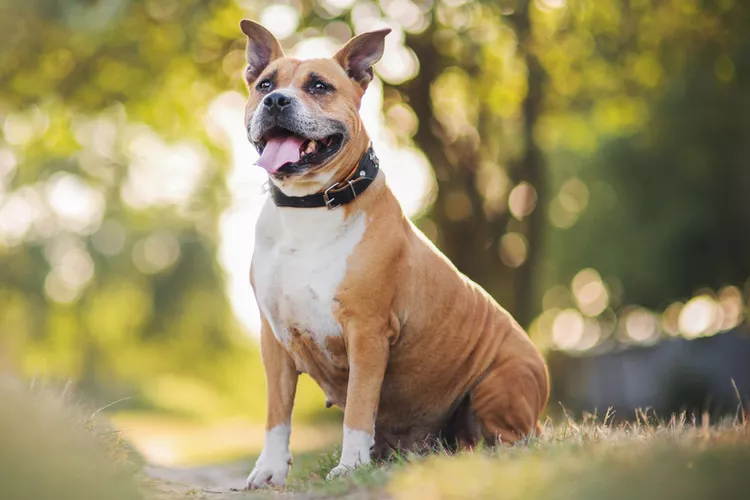
The American Staffordshire terrier is a medium-to-large, muscular dog breed with a square head and short, stiff fur that was developed in the United States.
Also called the Am Staff, this type of pit bull breed is known for its courage and power, but it also generally has an affectionate and loyal disposition. And, contrary to its tough appearance and ancestor, it is a gentle dog breed.
Group: Terrier
Height: 17 to 18 inches (female), 18 to 19 inches (male)
Weight: 40 to 55 pounds (female), 55 to 70 pounds (male)
Coat: Short, stiff fur
Coat Color: Variety of colors, including black, brown, blue, fawn, red, and liver; brindle and/or white markings also possible
Life Span: 12 to 16 years
Temperament: Courageous, affectionate, protective
Hypoallergenic: No
Origin: United States
Most Am Staffs have a confident and friendly temperament. They typically don’t bark excessively, and they strike a good balance between being high-energy dogs and couch potatoes. However, they do have a protective side to their personality that must be managed with training and socialization.
The American Staffordshire terrier's roots can be traced back to the 18th and 19th centuries in England. The bulldogs and terriers of the time were commonly used in inhumane blood sports. And they were bred for desirable traits, including their muscular build, energy, stamina, confidence, and agility.
A mix of these dogs went into creating the British Staffordshire bull terrier. While this breed still was used in blood sports, it also was kept as a companion and used on farms and for other work. Eventually, those dogs arrived in the United States in the mid-1800s.
U.S. breeders created a larger Staffordshire terrier that ultimately became a distinct breed from the Staffordshire bull terrier, bearing the name American Staffordshire terrier. They also bred it to have a calmer and friendlier temperament than its ancestors. Since their arrival on the scene, Am Staffs have had a prominent place in American culture, including in film and TV and the armed forces. The American Kennel Club recognized the breed in 1936.
In general, the American Staffordshire terrier can become a loving and loyal companion for many types of households. With proper training and socialization, it can even coexist well with children and other household pets. And its exercise and grooming requirements typically aren't excessive.
Am Staffs have a moderate energy level. They should get between one to two hours of exercise per day, including walks, jogs, fetch, and other active play. Puzzle toys also can help to challenge them mentally, and dog sports will provide both mental and physical stimulation. However, be cautious not to overdo activity in hot weather, as this breed can be sensitive to heat.
The short, stiff coat of the Am Staff is easy to maintain. Use a soft-bristle brush on it weekly to remove any loose fur and debris and to distribute oils. You can expect heavier shedding in the spring and fall as the weather changes, which will likely necessitate brushing two to three times per week to help capture all the loose fur.
Give your dog a bath roughly every couple of months or more often if it gets dirty. And trim its nails roughly every month. Also, aim to brush its teeth daily.
As with any dog breed, proper training is a must. Because there are misconceptions about pit bull-type dogs being labeled as dangerous, it's ideal for anyone who owns an Am Staff to be a positive ambassador for the breed with a well-mannered dog.
Am Staffs are a fairly smart breed, but they can be stubborn. Combine that with their exuberance and power, and training isn't always easy. So it's important to be consistent with your training and to start from puppyhood. Am Staff puppies should ideally go to puppy classes where they learn basic obedience and socialization. Consistent and positive reinforcement also can help both puppies and adults in training.
This breed is generally healthy throughout its life. But some hereditary health problems can occur in the American Staffordshire terrier, including:
Offer your dog a quality, nutritionally balanced diet. Most owners feed two meals per day. But discuss the amount and types of food with your vet, as this can vary depending on such factors as age and activity level. Always monitor your dog's weight, and factor treats into their total daily food consumption. Also, make sure your dog always has access to clean water.
Check your local animal shelters and rescue groups for American Staffordshire terriers in need of homes. Expect to pay around $2,000 on average for a breeder puppy, but this can vary widely depending on bloodline and other factors. Shelters and rescues typically charge much less for puppies and adults. Make sure you're able to keep an Am Staff where you live, as some areas have breed restrictions.
A number of nationwide groups for Am Staffs provide online resources to find a dog, including:
Good-natured, playful, and sociable
Intensely loyal
Good watchdog
Requires early and consistent socialization
Can be overly protective
Stubborn nature can complicate training
Before you decide whether the American Staffordshire terrier is the right dog for you, be sure to do plenty of research. Talk to other Am Staff owners, reputable breeders, and rescue groups to learn more.
If you’re interested in similar breeds, check out:
There’s a whole world of potential dog breeds out there—with a little research, you can find the right one to bring home!
There is no technical breed called a pit bull. There is, however, a breed called the American pit bull terrier. Generally speaking, the American Staffordshire terrier is nearly the same as the American pit bull terrier. The main difference is Am Staffs conform to a narrower size range, per the AKC standard, and American pit bull terriers have greater variances in size and other physical traits.
Properly trained and socialized Am Staffs can be good for families with children. However, their exuberance and strength might be too much around young children unless they are very well-mannered.
American Staffordshire terriers are generally good-natured dogs. Like any dog, they need proper training and socialization to help ward off aggression. They don't always get along well with other dogs, especially if they haven't been properly socialized.

Cute Pictures & Facts About Calico Cats & Kittens
Learn fascinating facts about calico cats, including photos, the genetics behind this color combination, and common folklore and traditions.
How to Prevent Cat Separation Anxiety During Vacations
Discover why cats develop litter box problems and cat behavior problems when you go on vacation and what you can do about it to help them.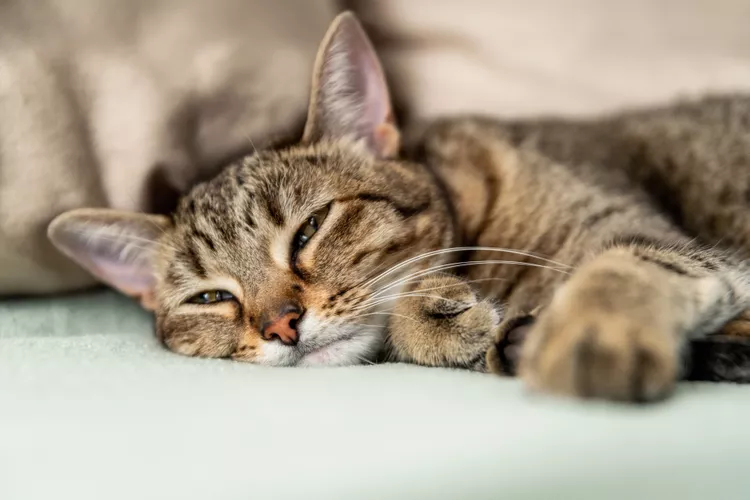
Cat Behavior Changes That Might Mean Something's Wrong
Cats' behavioral changes may indicate problems—or they may mean nothing at all. Explore causes of odd behavior and what to do about them.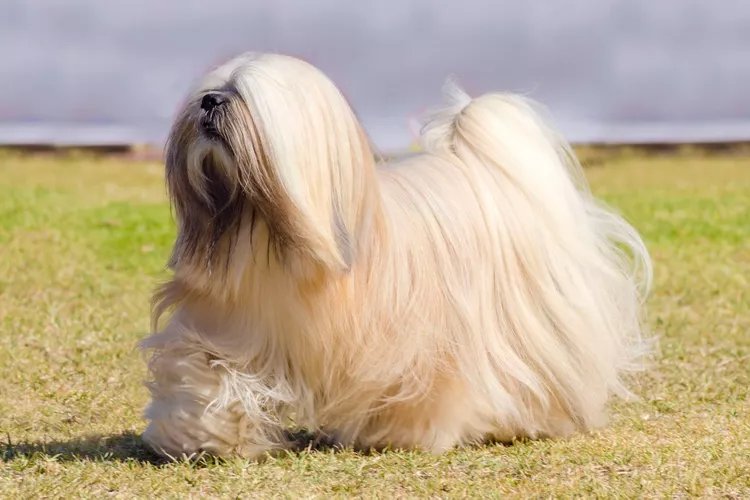
Lhasa Apso: Dog Breed Characteristics & Care
The Lhasa apso is an ancient breed from Tibet that was bred to be a watchdog. Learn about its history, health, exercise needs, and more.
Reasons Why Dogs Run Away and How to Stop It
Dogs can escape, especially if they’re bored and not properly contained. Here are some techniques for stopping your dog from running away.
Can Dogs Get Depression? How to Help Your Sad Dog
Can dogs get depression? Learn about the signs of depression in dogs and find out how to help your sad dog.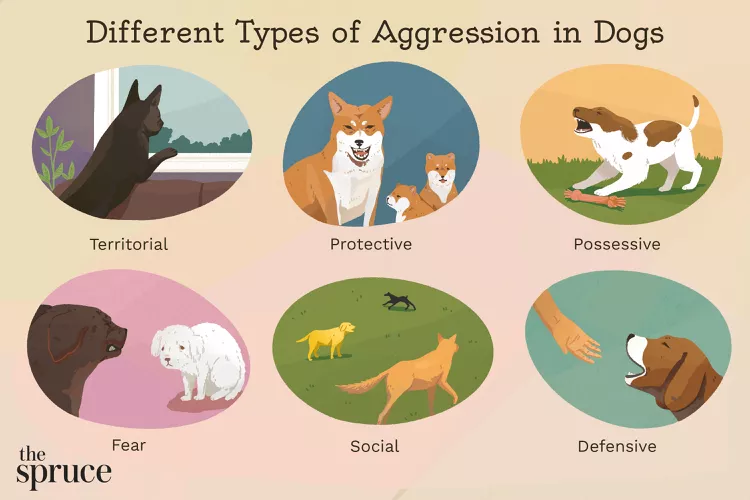
How to Stop Aggression in Dogs
Dog aggression can be a serious behavior issue for pet owners. Learn how to stop aggression in dogs before someone gets hurt.
How to Stop Your Dog From Growling
A growling dog can soon become even more aggressive. Reduce the noise and potential for a dangerous situation with some of these techniques.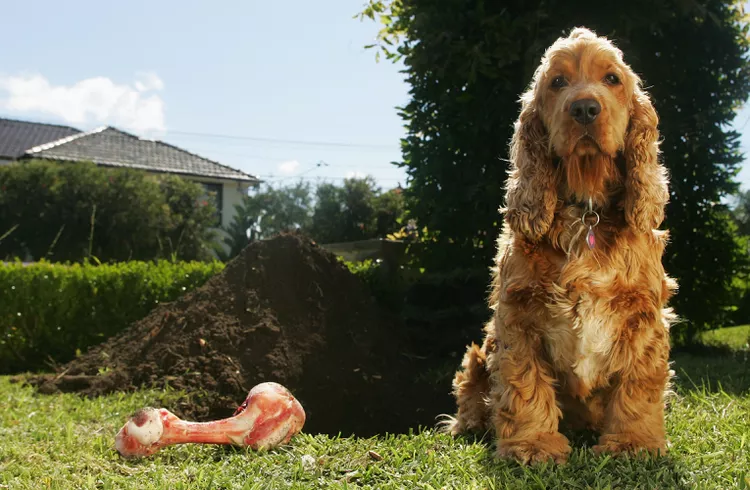
Why Do Dogs Dig Holes? How to Stop Your Dog from Relandscaping Your Yard
Dogs have been digging holes for centuries and for many reasons. Whether they’re bored or want to cool off in the dirt, here are the top reasons why dogs dig holes.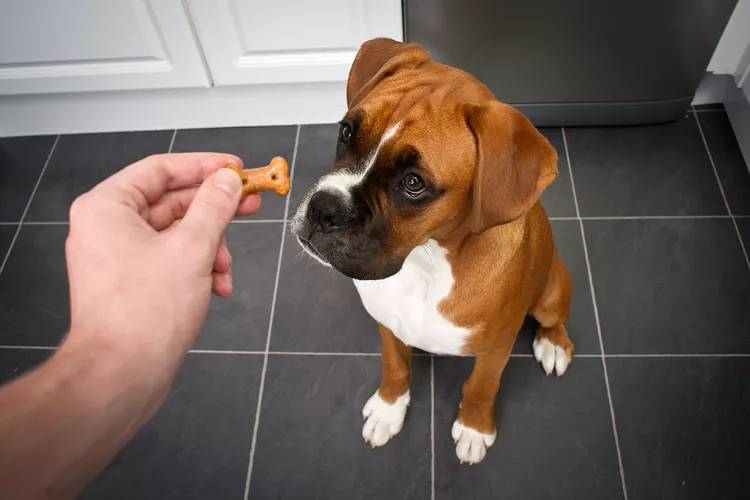
Dog Treat Varieties
Learn about the different types of dog treats on the market and decide which are best for your dog.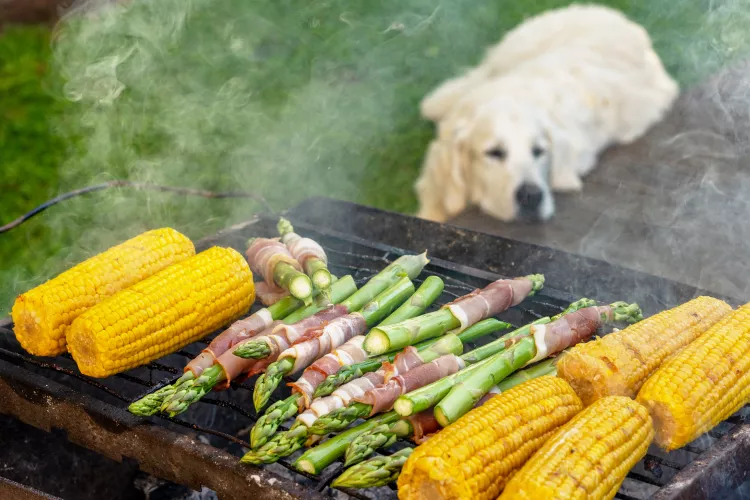
Can Dogs Eat Asparagus?
Dogs can eat asparagus, provided the vegetable is cooked plain and cut up for them. Seasonings, salt, and butter make it unhealthy for dogs.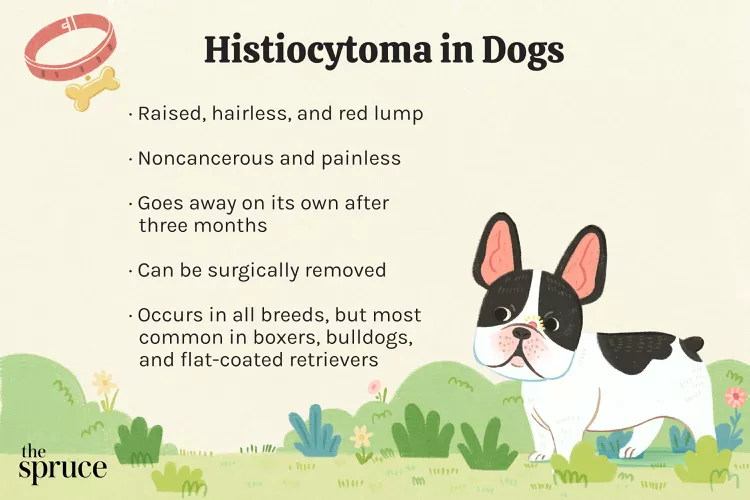
Histiocytomas in Dogs
A histiocytoma is a type of benign (non-cancerous) skin lump that usually affects young dogs. Learn the causes, treatment, and prevention.
Why Is My Dog’s Eye Swollen?
If your dog's eye is swollen, she may need veterinary attention. The inflammation could be caused by allergies, an injury, or even a tumor.
Common Bugs and Parasites Found on and Inside Dogs
Learn about common types of parasites in dogs. Find out how to treat and prevent parasites to keep your dog, your family, and yourself safe.
Exploring the Different Types of Pet-Friendly Beaches
Are you looking for pet-friendly beaches? Learn about the different types of pet-friendly beaches, their locations, and tips for visiting them with your pet.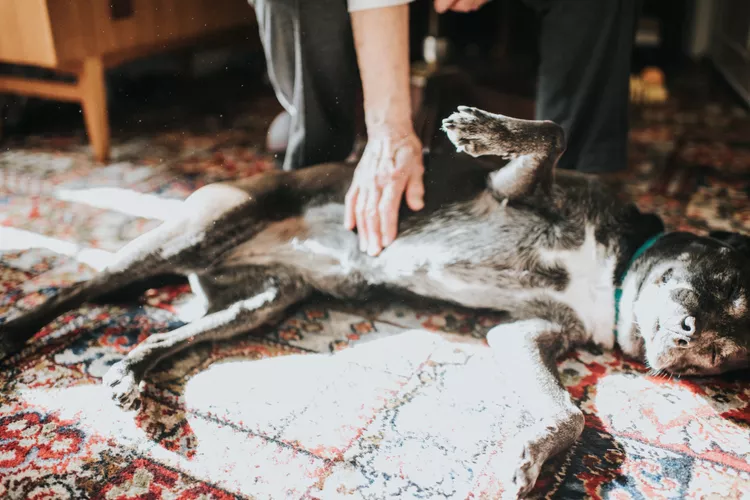
10 Obscure, Little-known Canine Facts in Honor of National Dog Day
With National Dog Day upon us, it's time to celebrate everything about our favorite pets—even the weirder stuff. Here are 10 obscure facts about dogs you probably didn't know.
Kitten Development From 3 to 6 Months Old
Kittens grow and change a lot during their first year. Find out what happens between the ages of three months and six months old.
95 Siamese Cat Names
Our list of Siamese cat names has diverse and fun options to help you choose the ideal moniker for your elegant and lovable feline companion.
What to Buy for Your New Cat: A List of Essentials
Before you bring your new cat or kitten home, there are a number of things to collect or buy so your cat will feel welcomed like a family member.
The 6 Best Cat Nail Clippers of 2024 for a Safe Trim
Clipping your cat's nails can save your furniture and keep your kitty comfortable. We asked veterinarians for their cat nail clipper recommendations.